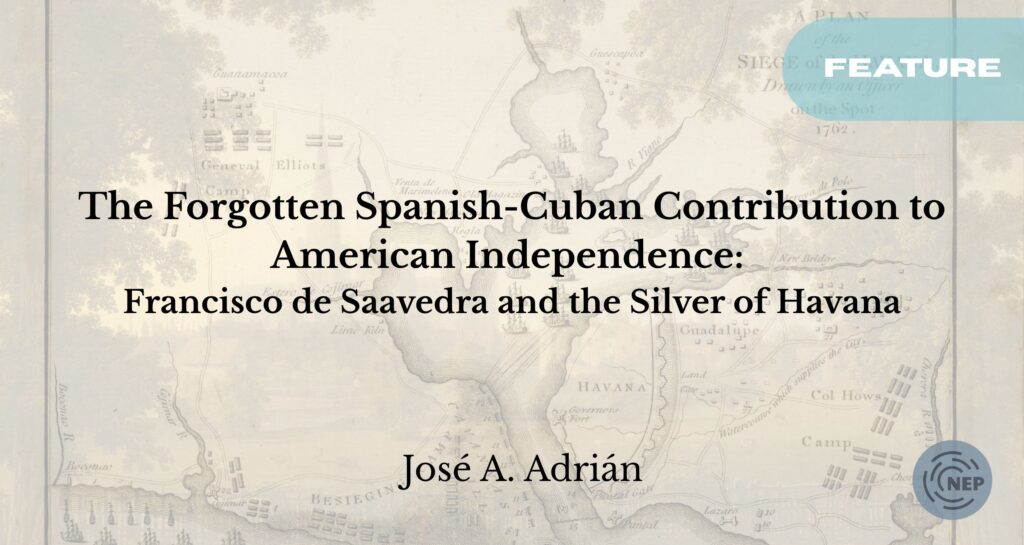
When British forces surrendered at Yorktown in 1781, few would have imagined that the decisive blow had been financed not from Paris or Philadelphia, but from Havana. Behind this unexpected twist stood Francisco de Saavedra, a Spanish official whose name is absent from most American textbooks but whose actions helped change the course of the war.
Though he never set foot on the battlefield, Saavedra played a key role in securing the American victory. His contribution was strategic and financial, and it unfolded in the colonial capital of Cuba—a city that, by the late 18th century, had become the financial and military nerve center of Spain’s Caribbean empire.
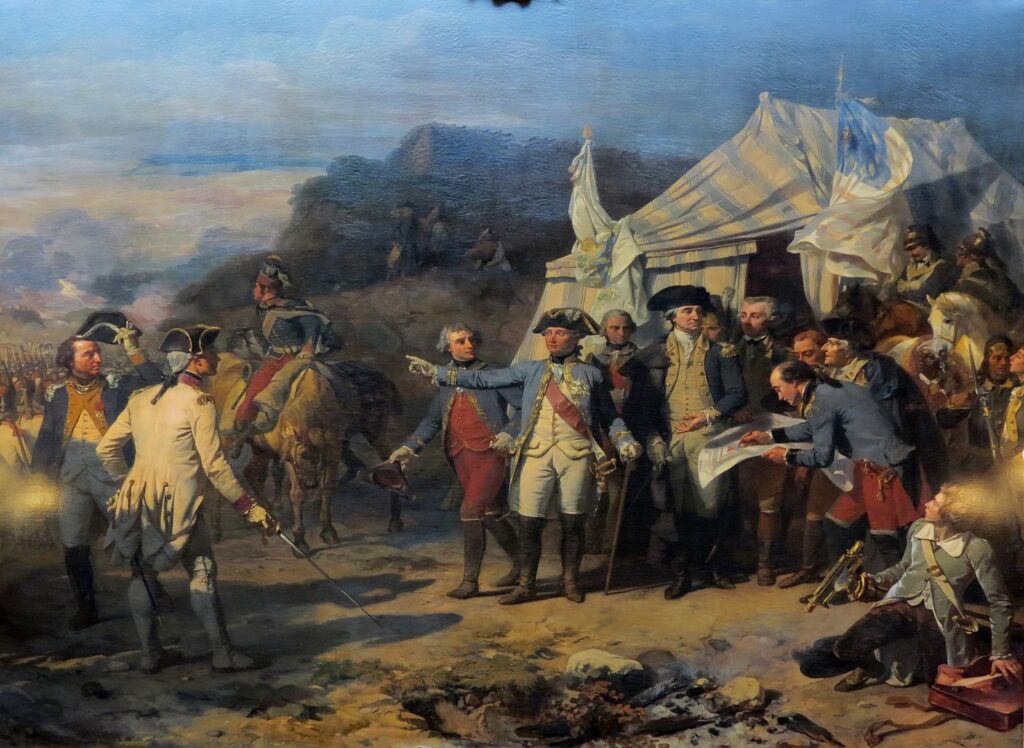
Siege of Yorktown. 1781. Source: Wikimedia Commons
An Empire Without Liquidity
By the summer of 1781, the War of American Independence was reaching its climax. The American revolutionaries, aided by France and Spain through the Bourbon Family Compact, were preparing for a final strike. General Washington and his French counterpart, the Comte de Rochambeau, were planning a coordinated assault against British General Cornwallis at Yorktown, with naval support from Admiral de Grasse.
But there was a problem: France had no money. The French state, deeply indebted and fiscally strained, could not supply the fleet in the Caribbean in time. De Grasse needed funds to sail north, transport troops, and maintain the campaign. Without immediate financing, the entire operation—and perhaps the independence movement—would collapse.
Enter Saavedra in Havana
At this critical moment, Spain’s Caribbean presence proved decisive. In June 1781, following a desperate request from Admiral de Grasse, the Spanish authorities in Havana organized an extraordinary fundraising effort. In just a few days, half a million silver pesos were collected from merchants, landowners, and colonial officials—a sum that allowed the French fleet to sail north and support the allied siege of Yorktown.
Although Francisco de Saavedra was not yet in Havana during this crucial episode, his name would soon become central in the broader logistical and strategic coordination that followed. Saavedra had earlier been captured by the British while on a secret diplomatic mission in Jamaica. After his release and return to Spain, he gained prestige within the court of Charles III and held several important metropolitan posts. In 1782, he was appointed Royal Commissioner to the Caribbean, with broad powers to oversee Spain’s military and financial contributions to the war effort.
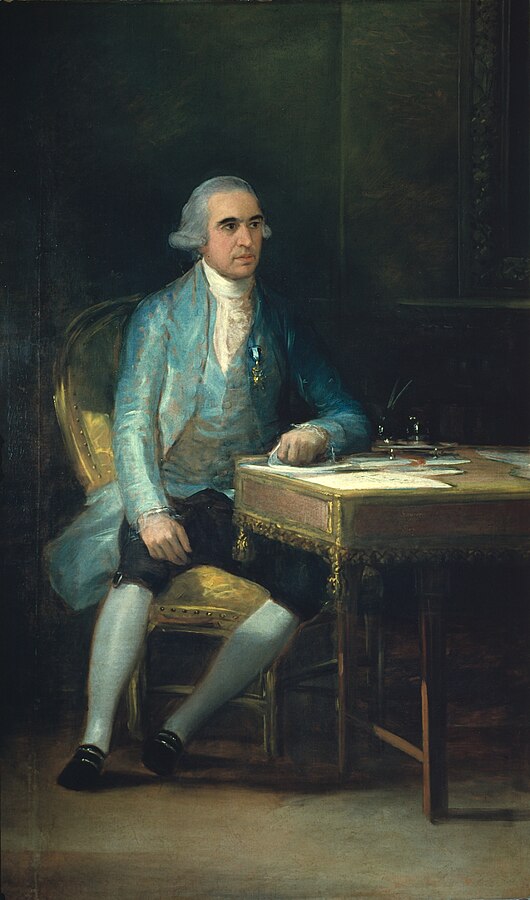
Francisco de Saavedra by Goya (1798). Source: Wikimedia Commons
A close ally of Bernardo de Gálvez, Saavedra established himself in Havana as a key figure in maintaining and expanding Spain’s support for the allied cause. He coordinated the flow of silver, troops, and supplies between New Spain, Cuba, Louisiana, and Venezuela—a complex imperial logistics network that kept the pressure on British positions in the Gulf and the Atlantic. Though not present for the initial fundraising that made Yorktown possible, he ensured that this type of transatlantic mobilization could continue throughout the final stages of the war.
Havana: A Hub of Empire
By the late 18th century, Havana had become one of the most important cities in the Spanish Empire. It was a strategic port, a fortified military bastion, and the financial capital of the Caribbean. Silver from New Spain (now Mexico), goods from across the Atlantic, and fleets bound for Spain passed through its harbor. Its local elite was wealthy, loyal, and deeply embedded in imperial networks. It was in this setting that Saavedra found both the material resources and the political support to act quickly and decisively.
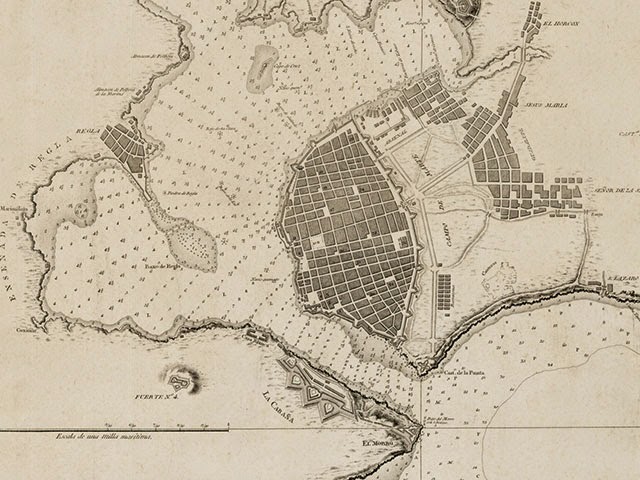
Map of Havana 1798. Source: Wikimedia Commons
Why We Should Remember Saavedra
Saavedra’s name rarely appears in English-language accounts of the American Revolution. Yet his story reminds us that military victories often rely not only on generals and battles, but also on the invisible work of diplomacy, imperial logistics, and financial coordination. As Royal Commissioner in Havana and trusted envoy of the Spanish Crown, Saavedra helped sustain the momentum of allied operations during the final phase of the war—and exemplified a model of enlightened statecraft that deserves to be remembered.
More broadly, Saavedra’s intervention points to a neglected truth: the American struggle for independence was not only transatlantic but also transimperial. Cuba, as part of the Spanish Empire, played an indirect but essential role in this history. By recovering figures like Saavedra, we begin to see how interconnected the revolutionary era really was—not just through battles and declarations, but through the flow of silver, the logic of empires, and the resolve of men who could see beyond the moment.
It is worth noting that while other Spanish figures involved in the American Revolution have received significant recognition—such as Bernardo de Gálvez, who was granted honorary U.S. citizenship and has a portrait hanging in the U.S. Capitol — Francisco de Saavedra remains virtually unknown. This silence is striking given Saavedra’s extraordinary contributions to King Charles III and, later, to Charles IV and Ferdinand VII.
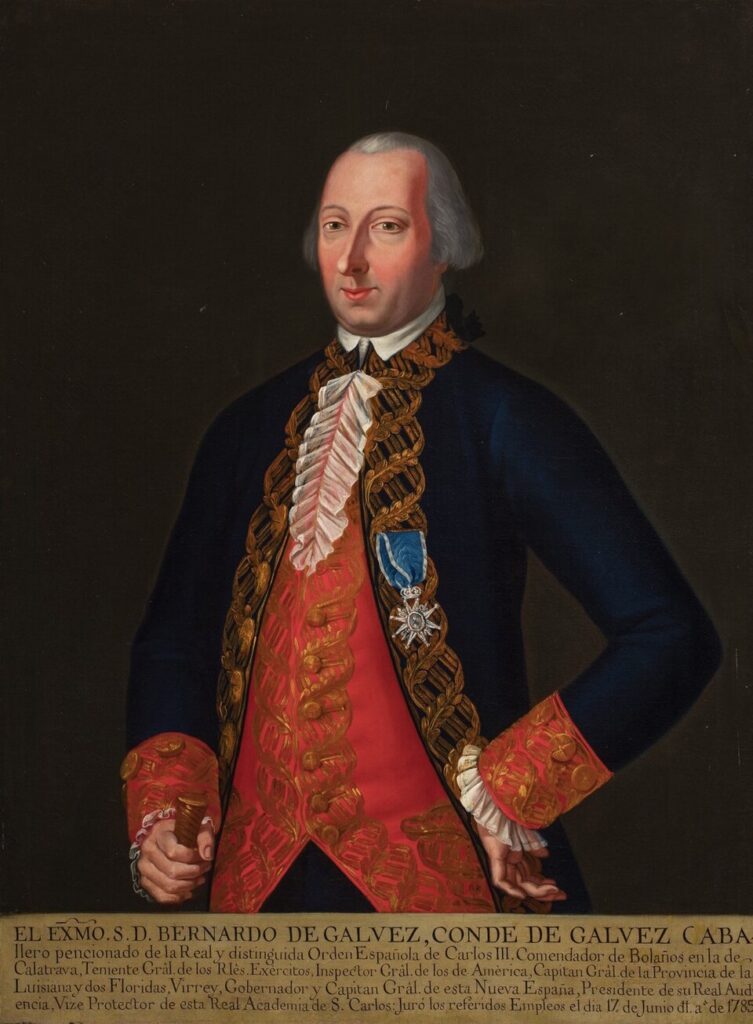
Bernardo de Gálvez. Source: Wikimedia Commons
Saavedra was a product of the Spanish Enlightenment. A native of Seville, he was not only a soldier and diplomat but also an intellectual deeply involved in reformist Bourbon politics. He served the Spanish Crown in various high-ranking positions, including Minister of Finance, Secretary of State, and a member of the Council of Regency. His long career reflected both competence and trust from the monarchy across successive reigns.
He was also appointed Royal Commissioner for the Americas, a role that attests to his influence and the responsibility he was given over the Spanish colonial world. His close involvement in the expulsion of the British from the Gulf of Mexico and his role in the financial support to the North American insurgents show his strategic vision and loyalty to Spain’s imperial interests.
Why has his name faded into obscurity? Part of the answer lies in the geopolitical caution of the Spanish crown at the time. Spain supported the American rebels with discretion, avoiding overt declarations that might incite revolutionary sentiments within its own American territories. The fear that Britain could exploit discontent in the Spanish colonies was not unfounded. Indeed, just a few decades later, British influence would play a substantial role in the fragmentation of the Spanish Empire in the Americas, encouraging the emergence of independent republics rather than a unified post-imperial federation. In many ways, Spain’s restrained involvement in the American Revolution was both a show of imperial strength and a prelude to the anxieties that would define its own age of revolutions.
The marginalization of Saavedra’s legacy also reflects the broader persistence of Anglo-American historical narratives that have long characterized Spain’s imperial role through the lens of “Spanish misrule.” In such accounts, Spanish governance is often portrayed as backward, despotic, or inefficient—especially when contrasted with the supposed rationality and liberty of the Anglo-American tradition. Yet Saavedra’s actions in Havana, his administrative competence, and his vision of imperial coordination reveal a more complex and capable form of statecraft than the caricature suggests.
José A. Adrián is a Professor of Psychology at the University of Málaga (Spain), specializing in language as a cognitive phenomenon and in its oral and written disorders. In addition to his academic work, he maintains a strong interest in history and the role of Spain in the Americas.
The views and opinions expressed in this article or video are those of the individual author(s) or presenter(s) and do not necessarily reflect the policy or views of the editors at Not Even Past, the UT Department of History, the University of Texas at Austin, or the UT System Board of Regents. Not Even Past is an online public history magazine rather than a peer-reviewed academic journal. While we make efforts to ensure that factual information in articles was obtained from reliable sources, Not Even Past is not responsible for any errors or omissions.

